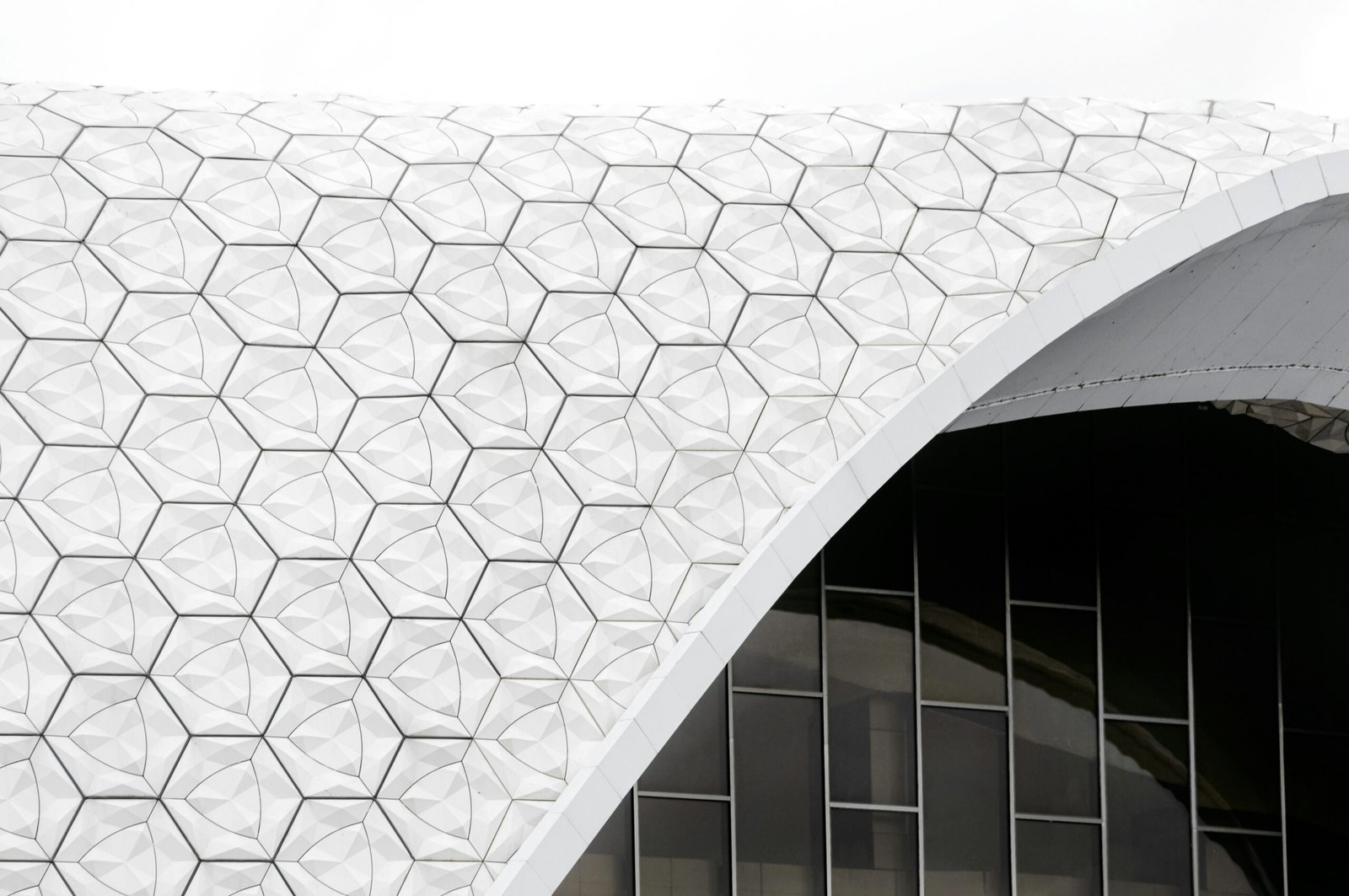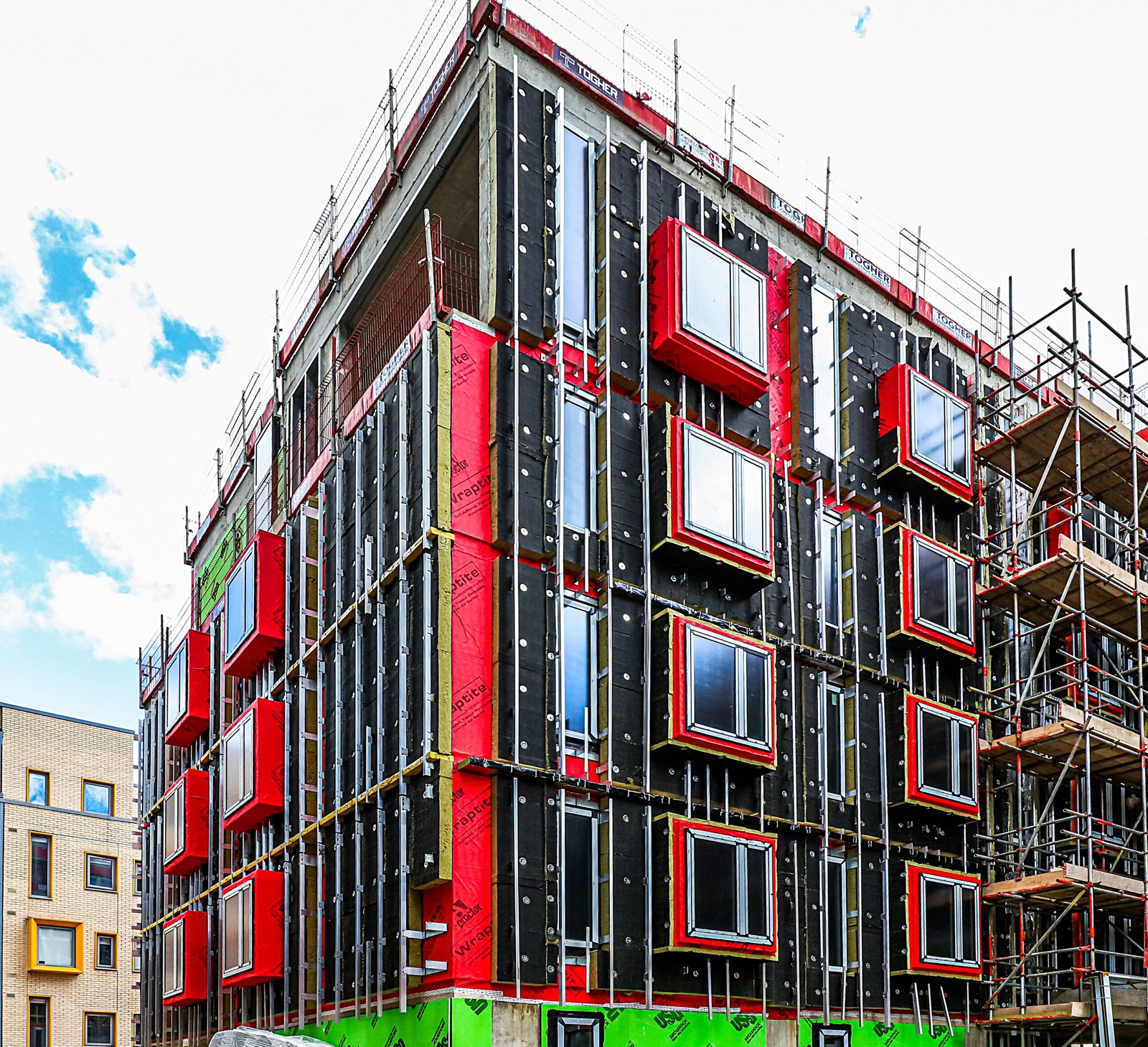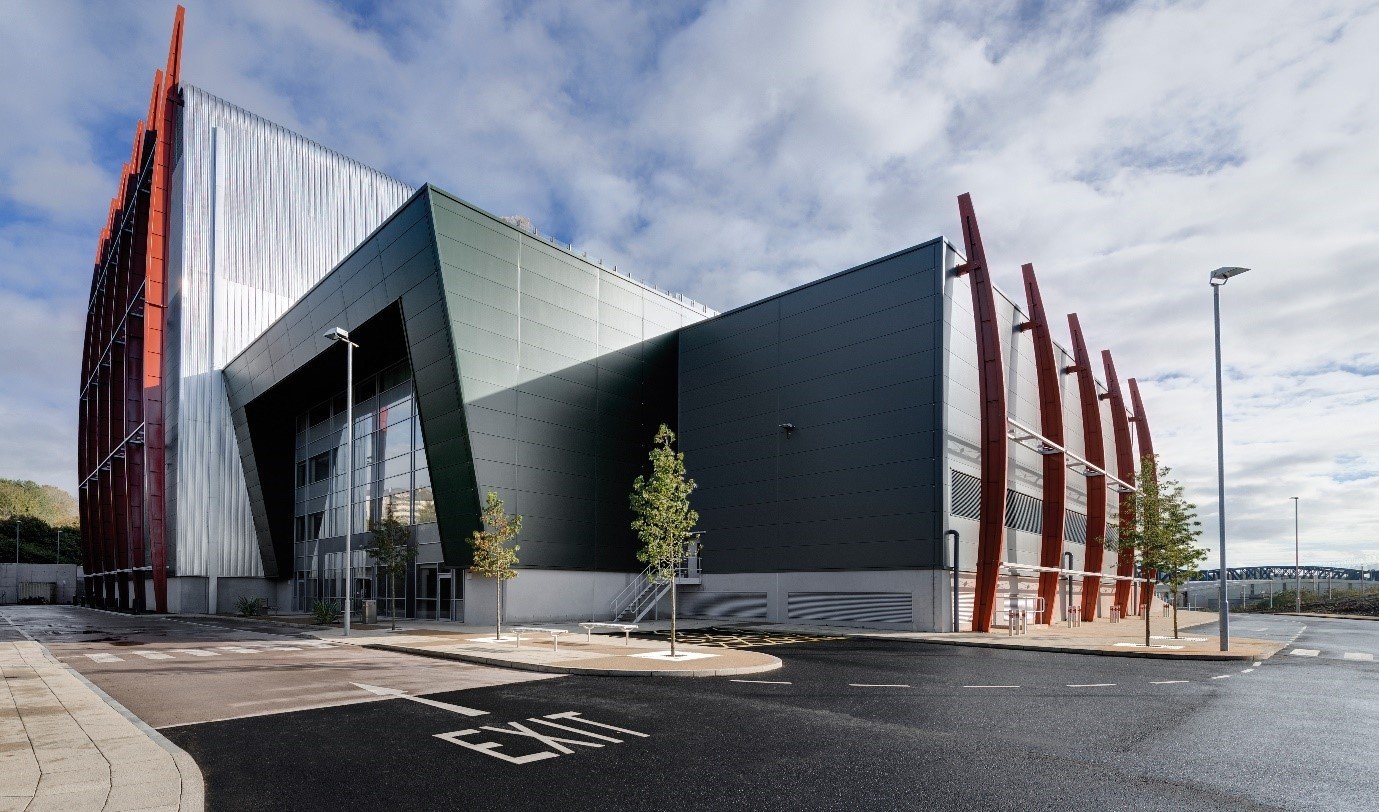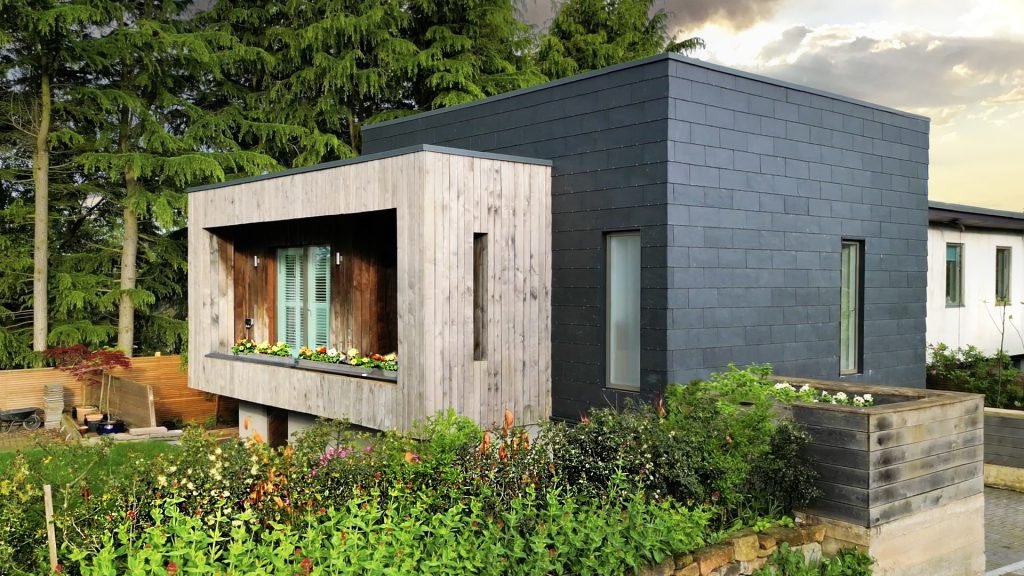Sustainable Material Selection
The choice of materials for rainscreen cladding is fundamental to the sustainability of a project. Eco-friendly materials such as recycled metal panels, sustainably sourced wood, and bio-composite materials not only reduce the environmental impact of production but also contribute to a building’s overall sustainability. These materials often come with reduced carbon footprints, are recyclable at the end of their life, and can offer improved energy efficiency for the building envelope.
Energy Efficiency and Thermal Performance
Rainscreen cladding plays a significant role in the thermal insulation of buildings, contributing to energy efficiency and comfort. The design of the cladding system, including the ventilated cavity, can minimise thermal bridging and enhance insulation, leading to lower energy consumption for heating and cooling. This not only reduces the building’s carbon footprint but also translates into cost savings for occupants over the building’s lifespan.
Life Cycle Assessment and Durability
Considering the life cycle impact of rainscreen cladding involves evaluating the environmental effects from production to disposal. Durable materials that require minimal maintenance and are capable of withstanding the elements contribute to the longevity of the building’s façade, reducing the need for replacement and the associated environmental impact. Life cycle assessment tools can help in selecting materials and designs that offer the best environmental performance over their entire lifespan.
Design for Disassembly and Recycling
An emerging trend in sustainable construction is designing buildings for disassembly, facilitating the reuse or recycling of materials at the end of their life. Rainscreen cladding systems that can be easily removed and separated into their constituent materials support this approach, contributing to a circular economy in the construction industry. This not only minimises waste but also conserves resources and reduces the demand for new raw materials.
Social and Aesthetic Contributions
Sustainability also encompasses social aspects, including the well-being of occupants and the aesthetic contribution to the surrounding environment. Rainscreen cladding can improve the indoor environmental quality by protecting against moisture and reducing the risk of mould and dampness. Furthermore, aesthetically pleasing designs enhance the urban landscape, contributing to the cultural and social value of buildings.
Conclusion: Building a Sustainable Future
As we embrace the challenges of sustainable construction, rainscreen cladding emerges as a powerful tool in the architect’s and contractor’s arsenal. By making informed choices about materials, designs, and practices, professionals can significantly enhance the sustainability of their projects. The benefits extend beyond environmental impact, encompassing economic savings and social well-being, paving the way for a more sustainable future in construction.







